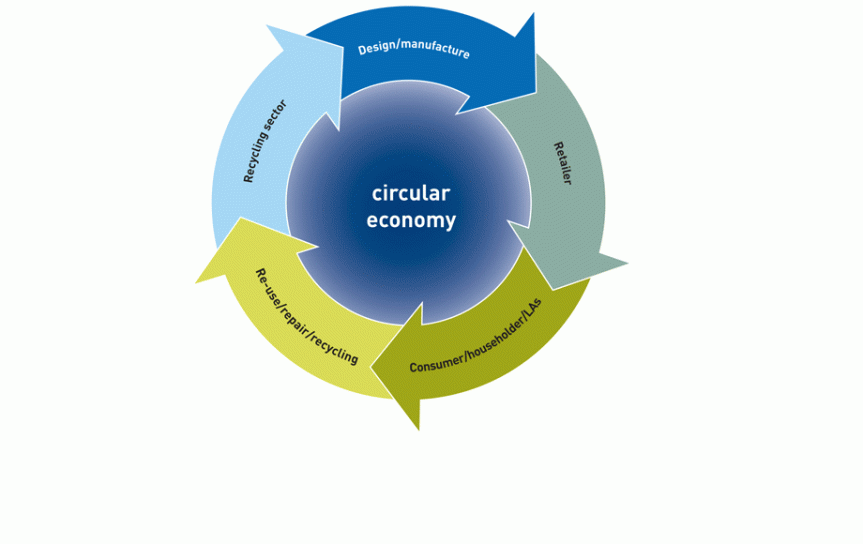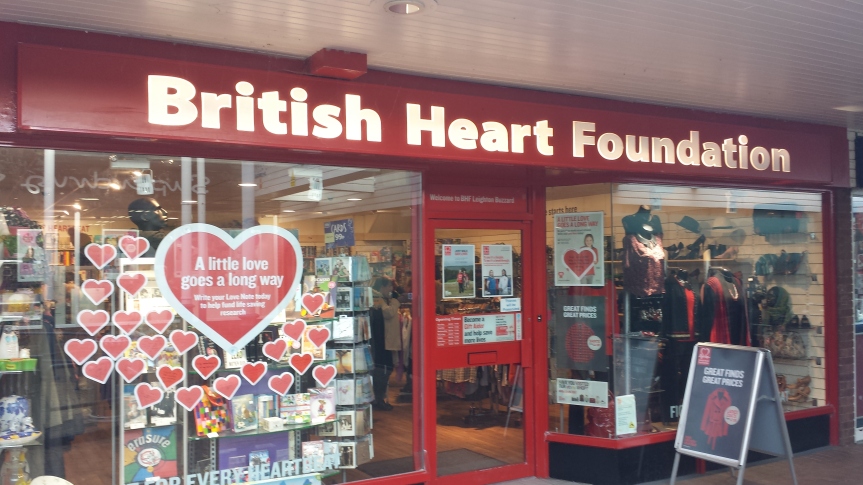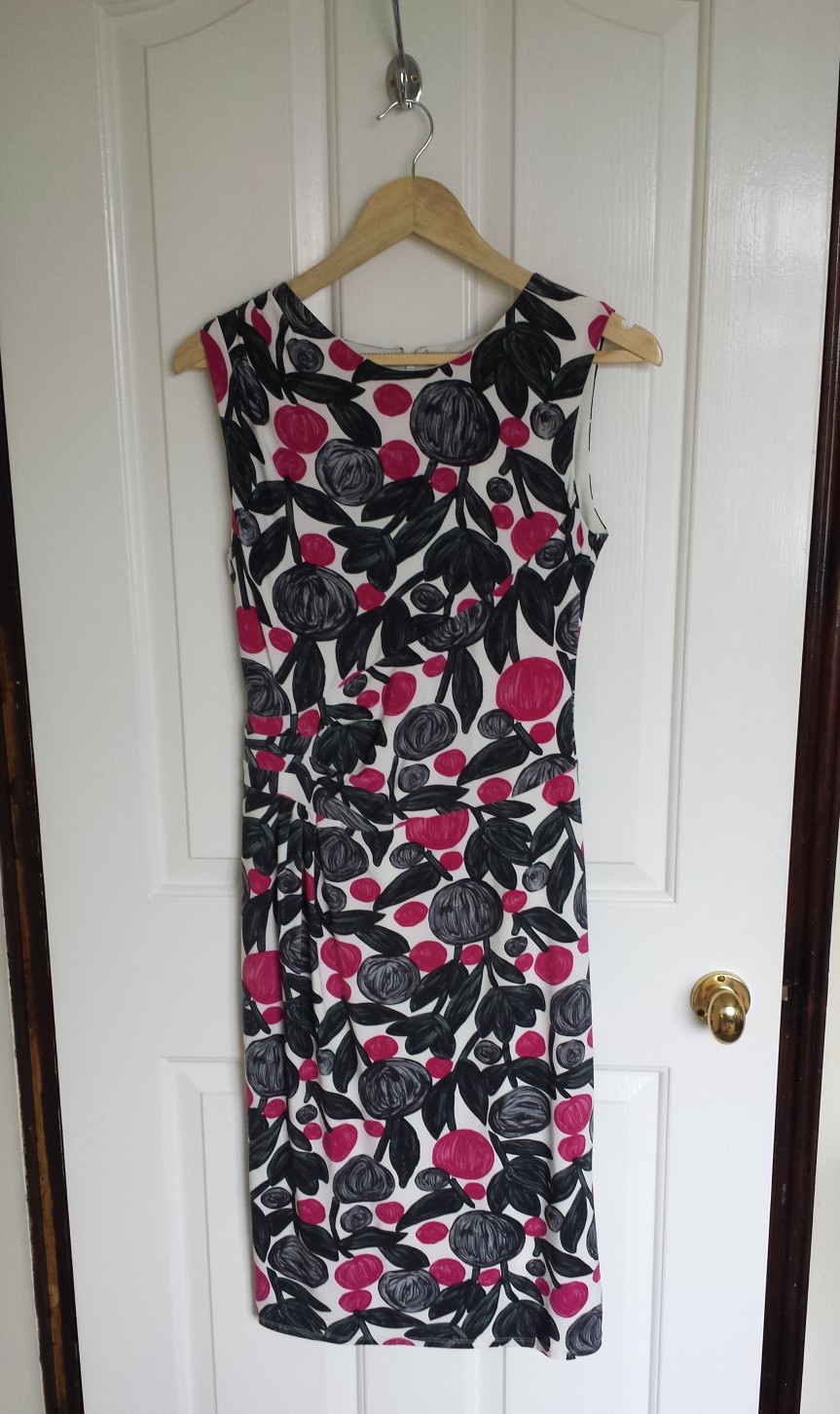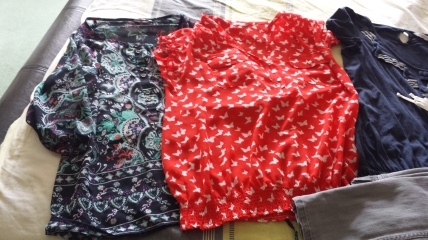
Welcome to the second in a series of posts linking useful apps and websites to help you reduce waste and save money. This post focusses on clothes and fashion.
According to WRAP campaign Love Your Clothes an estimated 3000,000 tonnes of clothes goes to landfill in the UK every year. There is no need for any textiles to end up in landfill in the UK – the Love Your Clothes campaign promotes a more circular economy and provides lots of useful tips on extending the life of your clothes to reduce the environmental impact of clothing.
Buying (or selling) preowned:
New clothing is resource intensive so one of the first things you can do to reduce the impact of clothing is to buy preowned whenever possible, and if you no longer want a piece of clothing, to pass it on rather than throw it away.
My favourite way to buy is by browsing my local charity shops, or the weekly Swap Rail at the Eco Chi stall on Chichester market (if you are local you can find this near Marks and Spencer on North Street). Clothes Swaps are another good opportunity to give your wardrobe a bit of a makeover. But if I am looking for a specific item, online is another good way as you can often set up alerts to be notified when specific products are listed or join brand specific selling groups on Facebook. Online is also good if you don’t have time to get into town during opening hours. This is just a selection of the huge online opportunities to buy/ sell/ giveaway or swap.

Pre loved Fashion:
Ebay is perhaps the best known and the one I use most. If you are after a particular brand or size it is easy to set up alerts as new items are listed to make sure you don’t miss out. Good for selling too as you can reach a large market. Many charity shops also sell through ebay so you can support your chosen charity at the same time – most offer free returns.
Re- fashion is a great new site for online charity shopping made easy with free returns in case your chosen item doesn’t fit.
Facebook marketplace can also be useful for finding great buys in your local area. Many areas also have local sell/swap groups so it’s worth searching for these groups near you. There may be dedicated groups for school uniform or uniforms for groups such as guides and scouts.
As well as local groups I use a couple of zero waste related Facebook selling groups:
Journey to Zero Waste UK Sell/Swap/ Gift – for a whole range of items but often includes clothing while Zero Waste Fashion Swap/Sell/Buy is dedicated to clothing and fashion.
Depop and Vinted are both sites to browse for your style – although I haven’t used these yet personally.
Free stuff:
Freecycle and Freegle are both, as the names suggest, for free stuff . You are more likely to find people offering a whole bag of clothes after a clearout here rather than individual items. You can also share wanted posts asking if anyone has what you need.
Many areas also have Facebook groups dedicated to free items.
Repair or Upcycle your clothes:
Repairing or upcycling your existing clothes and fabrics is another great way to reduce textile waste. Love Your Clothes is a really useful resource for this – with a dedicated page for care and repair.
And back to Facebook, the Eco-Friendly Sewing UK is helpful and friendly.
Look out for sewing and repair meet ups in your area too. I’ve taken a few small sewing jobs to my local repair cafe. You can find our more about the Repair Cafe Network via this link but do note that not all local repair cafes are featured there so do search online to find your local one. My local one is the Chichester Repair Cafe
As ever, this is just a selection of the many resources available to reducing waste when it comes to clothing and fashion. I would love to know about your favourites – please do let me know in a comment below.
Happy Blogiversary to me!
WordPress tells me it is my 8th anniversary of blogging today so please help me celebrate by sharing and signing up to follow this page or my linked Facebook, Twitter or Instagram accounts.
I’m sharing this post as part of the Going Green Linky






![20171123_102204[1]](https://allotmentrecipes.files.wordpress.com/2018/01/20171123_1022041.jpg?w=863)
















